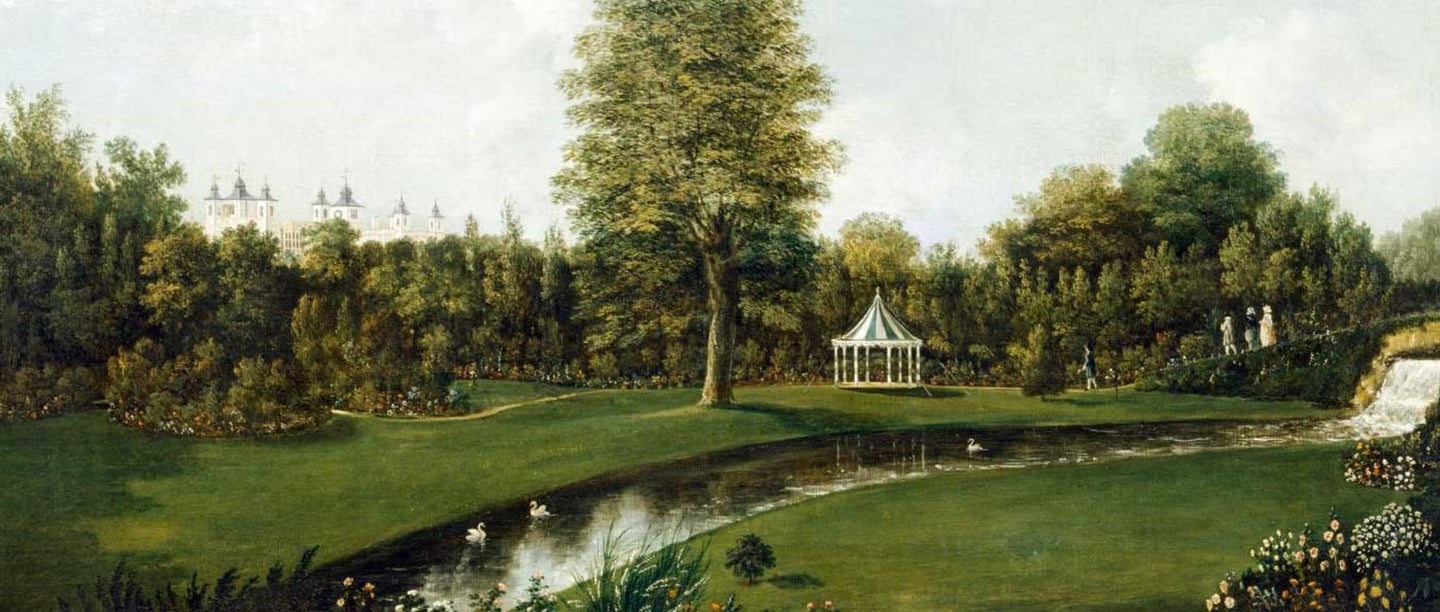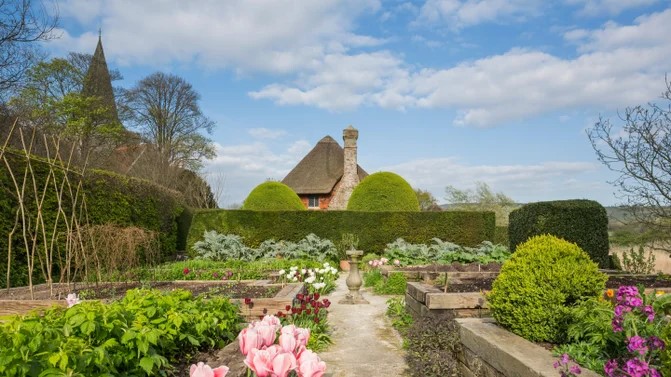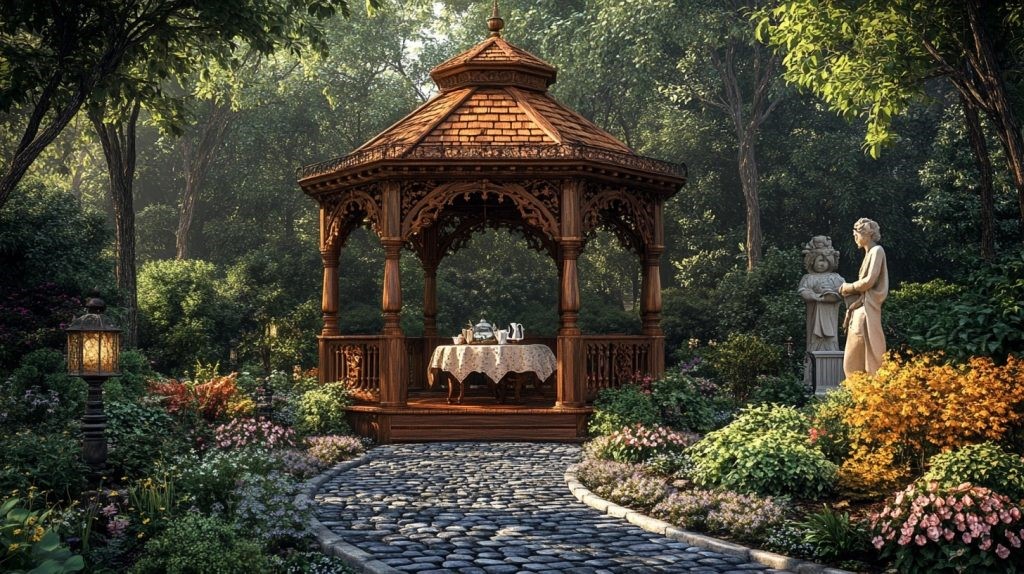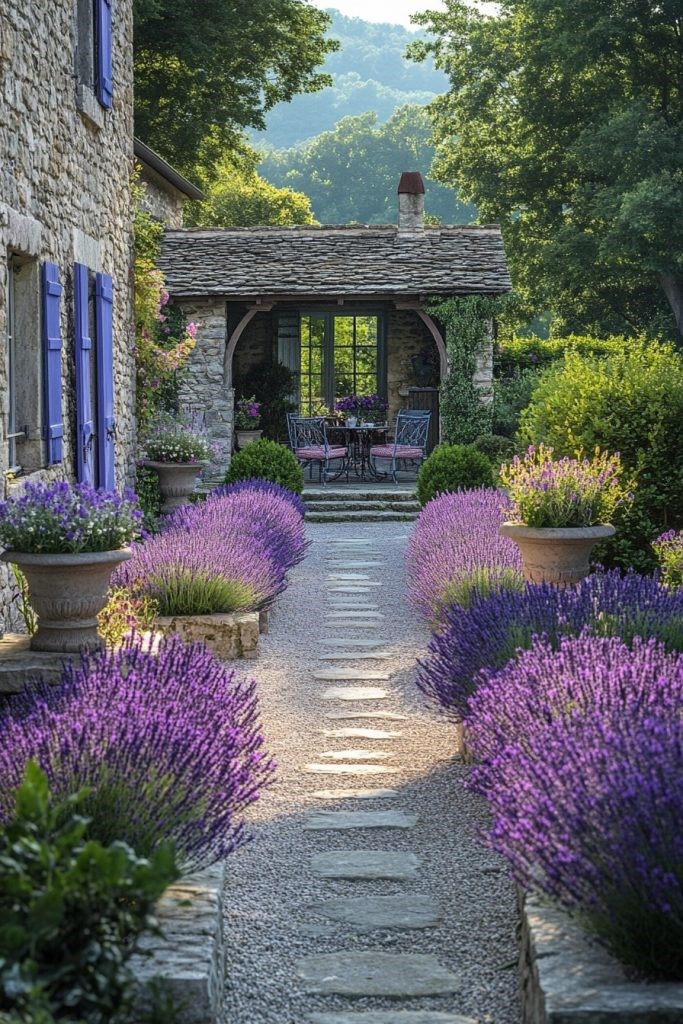Gardens have always been a canvas for human creativity, evolving over the centuries to reflect cultural values, artistic trends and social status. From the tranquil courtyards of ancient civilizations to the exquisite palace gardens of Europe, garden decoration has always been a powerful expression of beauty, belief and identity.
Ancient Beginnings
The origins of garden decoration can be traced back to ancient Egypt, where gardens were both practical and spiritual. Wealthy Egyptians designed symmetrical walled gardens with pools and fruit trees, often incorporating images of gods or sacred animals to reflect religious beliefs. Similarly, in ancient Mesopotamia and Persia, gardens represented paradise – a concept that was later carried over into Islamic garden design, giving rise to the chahar bagh, a four-part garden that symbolized harmony and divine order.

Classical Influence
In ancient Greece and Rome, gardens evolved into places of leisure and meditation. Wealthy Romans decorated their gardens with marble statues, fountains, and mosaics. These classical elements, especially sculptures of gods and mythological figures, set a lasting benchmark for Western garden aesthetics. The idea of integrating art into outdoor spaces gradually took off, and gardens gradually became outdoor galleries.
Medieval Symbolism
In the Middle Ages, European gardens were given more symbolic and religious meanings. Cloister gardens in monasteries used herbs as design elements and featured closed geometric patterns that symbolized the Garden of Eden. Decorative elements were simple but had deep symbolic meanings - such as roses and lilies to symbolize the Virgin Mary. Fountains often played an important role, symbolizing purity and spiritual renewal.

The Renaissance and Baroque Splendor
The Renaissance marked a major change in garden decoration. Inspired by classical ideas, Italian Renaissance gardens emphasized symmetry, perspective, and proportion. Terraces, stairways, water features, and mythological statues became focal points. This grand style continued into the Baroque period, with French formal gardens such as the Palace of Versailles, where garden decoration expressed royal power and mastery over nature. Manicured trees, ornate fountains, and intricate flower beds transformed outdoor spaces into dramatic masterpieces.
East Meets West
While Europe developed a formal garden tradition, Asian cultures cultivated a unique decorative language. Japanese gardens focus on harmony with nature, using stones, moss, lanterns and bridges to create tranquil scenes. Chinese gardens are philosophical, integrating architecture, water, rocks and plants to tell poetic stories. These approaches influenced Western design from the 18th century onwards, especially during the rise of English landscape gardening, which focused on natural layouts and elaborate decoration.

Modern and Contemporary Trends
In the 20th and 21st centuries, garden decoration has become more eclectic. Artists and designers have combined styles from different cultures and eras - everything from minimalist sculptures to colorful mosaic paths to upcycled materials. Themes of sustainability, wellness and personal expression now play a big role, and decorative planters, lamps and art installations have become popular tools for transforming gardens into meaningful living art.
Conclusion
From sacred spaces to royal palaces, garden decoration has evolved to reflect the values and visions of its time. Today, it remains an inspiring fusion of art, culture, and nature - an invitation to create beauty, express individuality, and celebrate outdoor living.

Post time: Jul-03-2025







